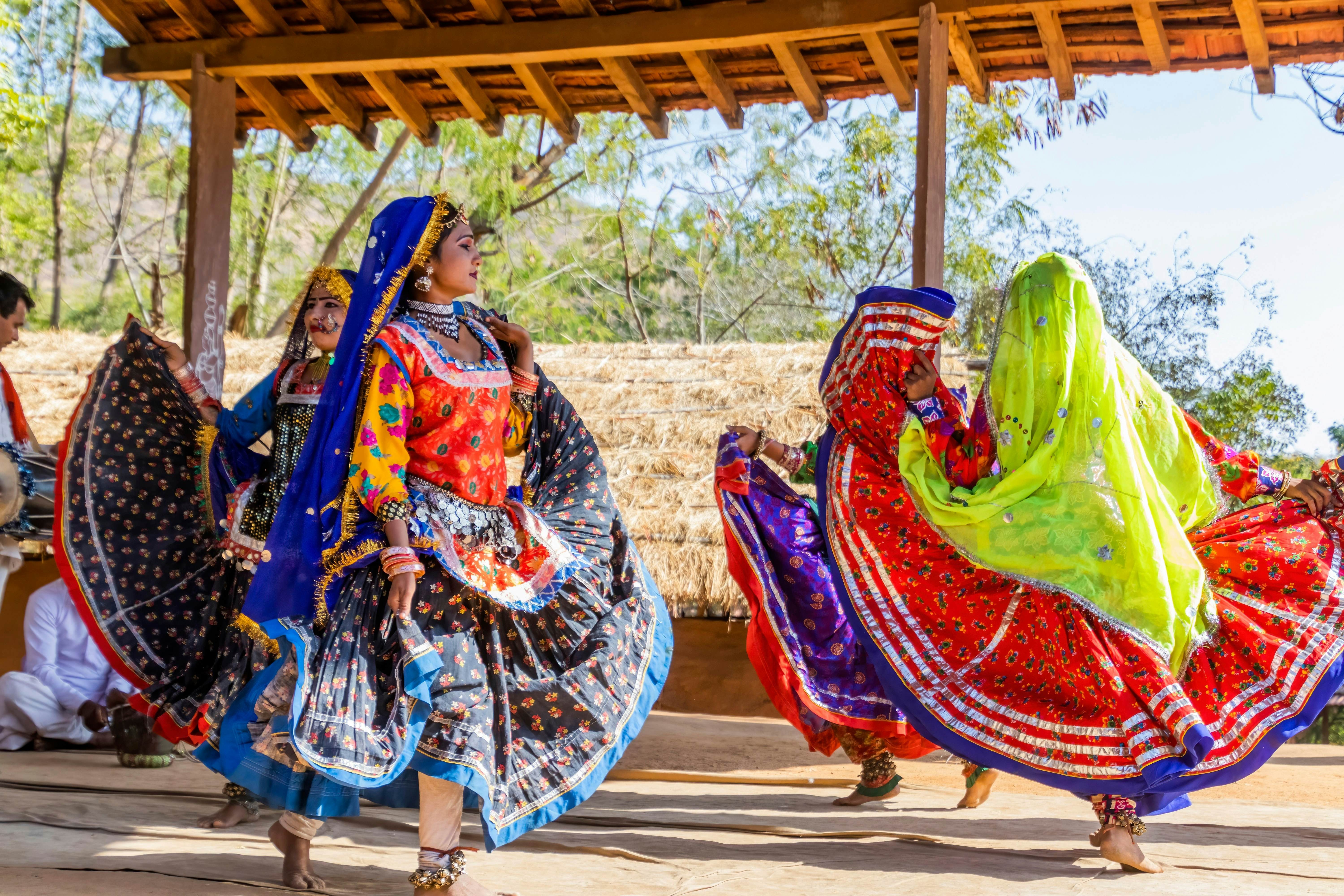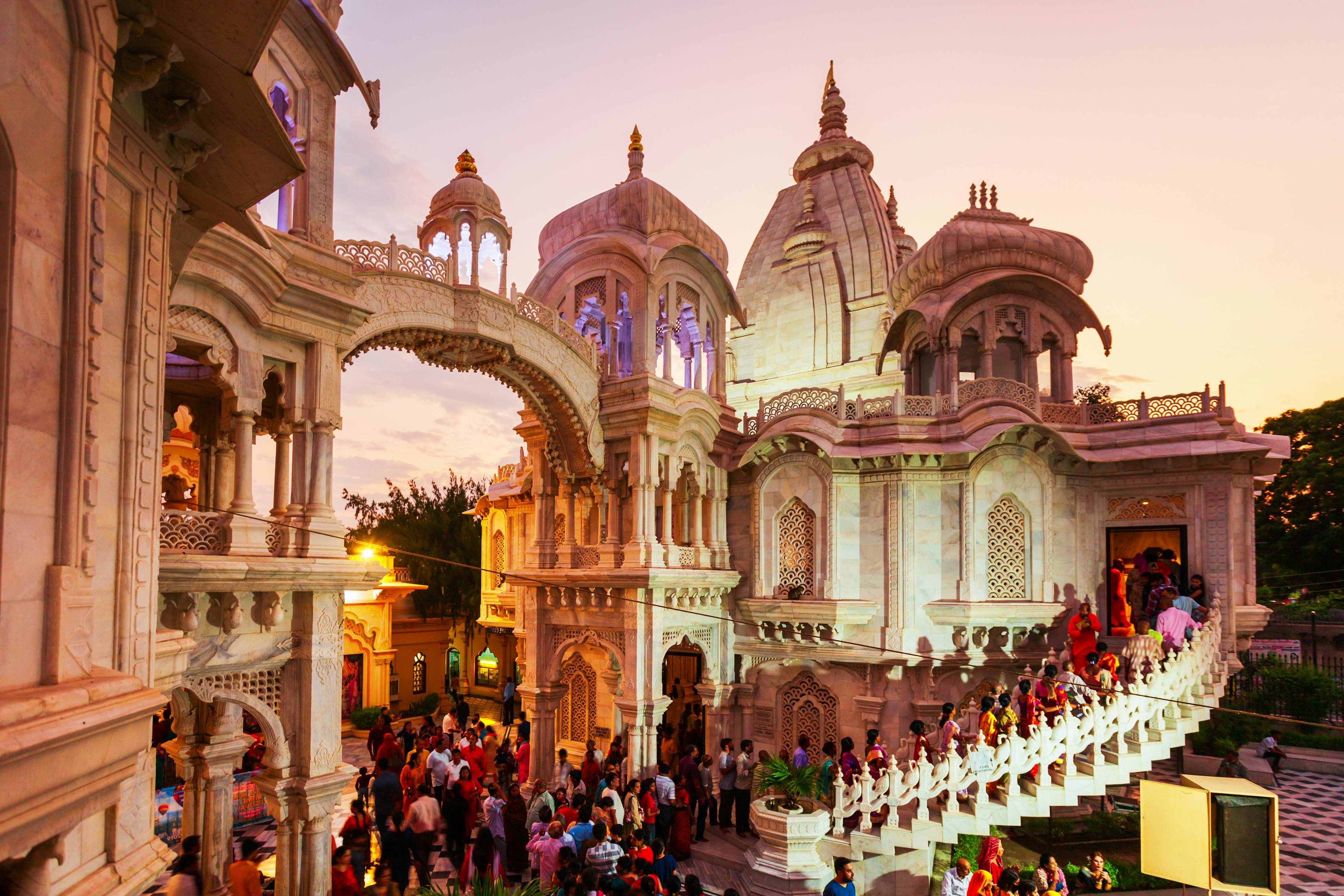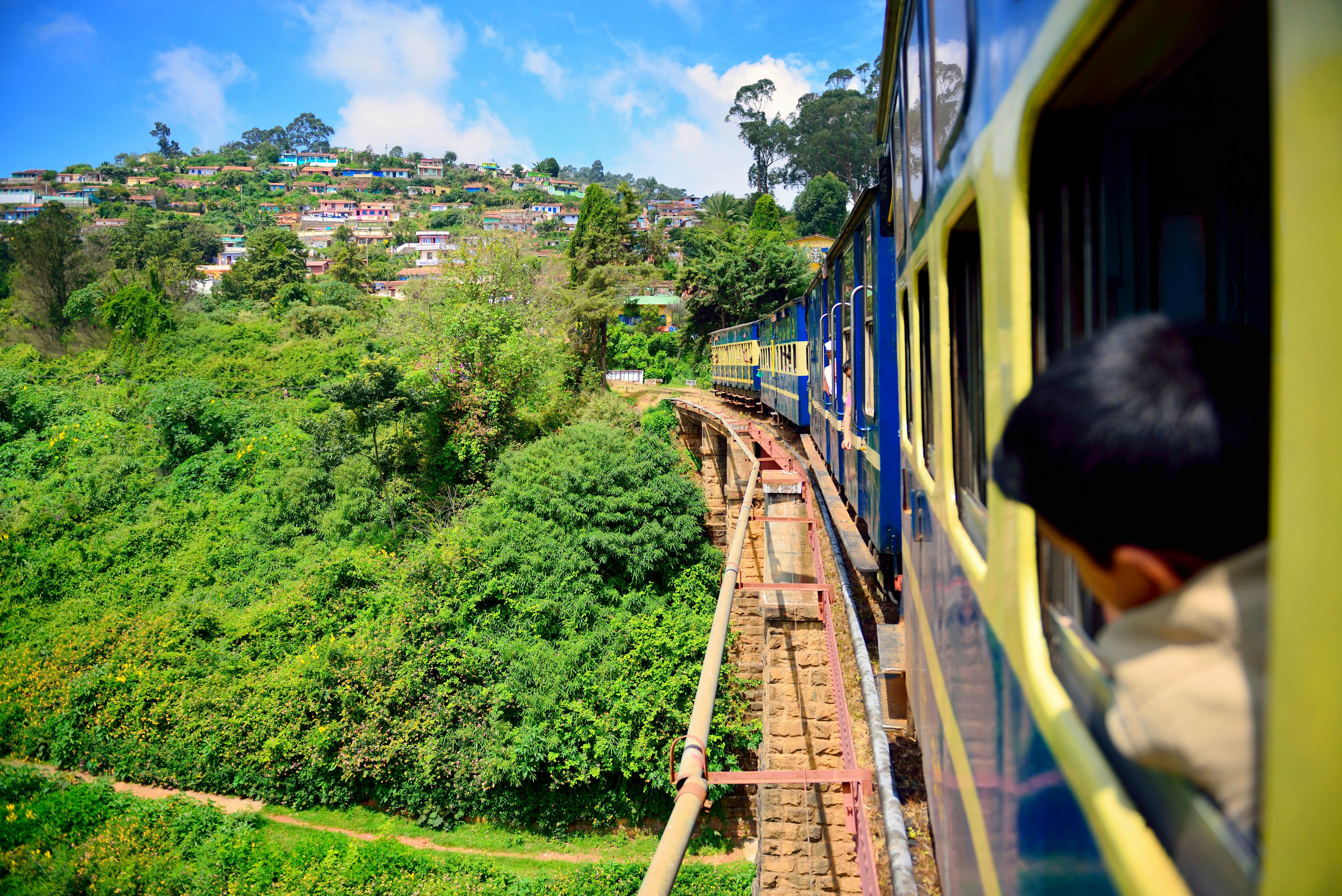India, a land of vibrant colors, bustling cities, and serene landscapes, offers an overwhelming yet unforgettable experience. This guide prepares you for your Indian adventure, ensuring a smooth and enriching journey through this incredible country. Planning ahead is crucial to navigating India’s richness, from the Himalayas to the beaches of Goa.
1. Time Your Trip Wisely: Understanding India’s Seasons
India’s climate varies significantly across regions. The southwest monsoon (June-September) brings rain to most of the country, but it’s ideal for visiting Ladakh’s high-altitude deserts. October to May offers pleasant weather, though temperatures rise before the monsoon. Spring is perfect for trekking in the Himalayan foothills.
2. Prioritize Your Health: Vaccinations and Malaria Precautions
Consult a healthcare professional at least eight weeks before your trip for necessary vaccinations. Diphtheria, tetanus, hepatitis A and B, polio, and typhoid vaccinations are typically recommended. Consider vaccinations for Japanese B encephalitis, meningitis, and rabies for longer trips.
 A woman relaxes on her bed beneath a mosquito net
A woman relaxes on her bed beneath a mosquito net
Depending on your destination, anti-malarial medication may be advisable. Prevent mosquito bites by using mosquito nets, wearing long sleeves and trousers, and applying insect repellent with a high DEET concentration.
3. Secure Comprehensive Travel Insurance
Travel insurance is essential for India, covering emergency evacuation and adventure activities. Public hospitals may be poorly equipped, and private clinics often require upfront payment. File a police report (FIR) for any crime-related incidents to claim insurance.
4. Stay Connected: Local SIM Card
A local SIM card simplifies tasks like booking trains and ordering food. Acquire one upon arrival by providing passport photos and photocopies of your passport ID pages at a phone shop.
5. Book in Advance: Accommodation and Transportation
Book accommodation and train tickets in advance, especially during the busy season (November to February). Use booking sites like Agoda and MakeMyTrip or the government booking site IRCTC.
 Rajasthan folk dance performers in Udaipur, Rajasthan, India
Rajasthan folk dance performers in Udaipur, Rajasthan, India
Check festival dates before your trip, as they impact prices and availability. Consult the Indian government’s online list of public holidays.
6. Master Basic Etiquette: Greetings and Customs
English is widely spoken in metropolitan areas. In northern India, greet people with “namaste” (hands together in a prayer-like gesture). When meeting Muslims, say “salaam alaikum,” replying with “alaikum salaam.”
Use your right hand for interactions, including giving money. Bring a small gift if invited to someone’s home and remove your shoes before entering.
7. Navigating the Cuisine: Dietary Considerations and Eating Habits
India’s diverse religions influence dietary practices. Muslims avoid pork, many Hindus avoid beef, and some are vegetarian or vegan. Vegan and vegetarian options are readily available.
Eating with your hands is common, especially in southern India. Use your right hand to mix rice and curry. Some thalis are served on banana leaves.
8. Haggling with Grace: Negotiating Prices
Haggling is customary in street stalls and markets. Remain calm and polite, even if negotiations are frustrating. Start with a counter-offer and work towards a mutually agreeable price.
 Streets of shopping around Charminar which are very busy in all the days. ,
Streets of shopping around Charminar which are very busy in all the days. ,
9. Dress Respectfully: Modesty Matters
Dress modestly, especially for women. Wear loose-fitting clothing covering your legs and arms. Swimwear is only appropriate for the beach. Consider traditional garments like kurta pyjama or salwar kameez.
10. Religious Site Etiquette: Respectful Behavior
Know the rules for visiting temples, mosques, and other religious sites. Remove your shoes and cover your head if required. Cover your legs and arms. Some sites prohibit leather goods and photography.
 Sri Krishna Balaram Mandir is a Gaudiya Vaishnava temple in the holy city of Vrindavan in Uttar Pradesh state of India
Sri Krishna Balaram Mandir is a Gaudiya Vaishnava temple in the holy city of Vrindavan in Uttar Pradesh state of India
Avoid pointing your feet towards a person or deity and touching anyone on the head. Walk around shrines clockwise.
11. Alms Giving: A Common Practice
Giving alms is a long-standing tradition. Be aware that some requests may be scams. Consider donating to reputable charities instead of handing out cash.
12. Social Attitudes: Respect for Elders and Relationships
Respect elders by addressing them as “auntie” or “uncle” and adding “ji” to their names. Be mindful of conservative attitudes towards unmarried couples and same-sex relationships. Avoid public displays of affection.
13. Safety First: Street Harassment and Public Transport
Exercise caution to avoid street harassment. Avoid walking alone in quiet areas, especially at night. On public transport, seek out women-only carriages and designated seating.
14. Stay Informed: Local News and Potential Risks
Monitor local news for potential unrest or natural disasters. Check the security situation before traveling to sensitive regions. Follow the Indian Meteorological Department for weather updates.
 Ooty or Ootacamund (Udagamandalam) train or Nilgiris Mountain Railway that travels on the hill slope is a UNESCO world heritage site. Ooty is a famous hill station in Tamil Nadu, India.
Ooty or Ootacamund (Udagamandalam) train or Nilgiris Mountain Railway that travels on the hill slope is a UNESCO world heritage site. Ooty is a famous hill station in Tamil Nadu, India.
15. Understanding Local Laws: Photography Restrictions and Bans
Be aware of laws regarding photography of bridges and military sites. Smoking is banned in most public places, and some states ban beef consumption.
16. Hiking Safety: Altitude Sickness
Take altitude seriously when hiking above 2500m. Ascend slowly and take rest days to acclimatize. Descend immediately if you experience symptoms of Acute Mountain Sickness (AMS).
 A man sits on the side of a red rock mountain in the Indian Himalayas
A man sits on the side of a red rock mountain in the Indian Himalayas
17. Drug Laws: Strict Enforcement
India’s drug laws are strict. Possession of even small amounts of drugs can lead to imprisonment.
18. Water Safety: Avoid Tap Water
Avoid tap water to prevent stomach troubles. Drink purified or bottled water. Be cautious of ice in drinks and ice cream. Peel or wash fruits thoroughly.
19. Scam Awareness: Tourist Traps
Be wary of scams targeting tourists. Get information from official tourist offices and avoid unsolicited offers. Be skeptical of deals that seem too good to be true.
Conclusion
Traveling to India requires preparation and awareness. By understanding these essential tips, you can navigate the country’s complexities and enjoy an unforgettable experience. Embrace the culture, respect the customs, and prepare for a journey that will stimulate your senses and leave you with lasting memories. India awaits!